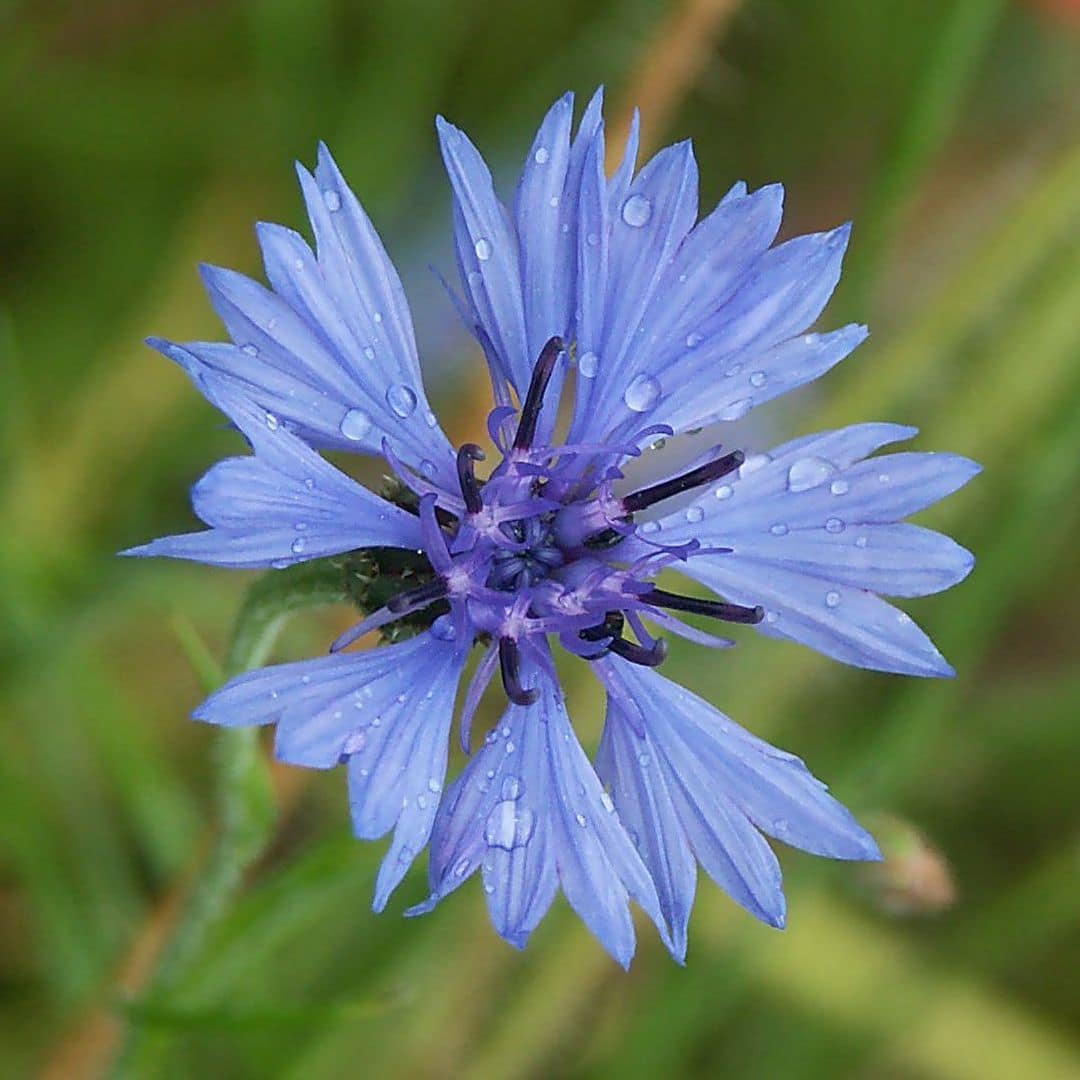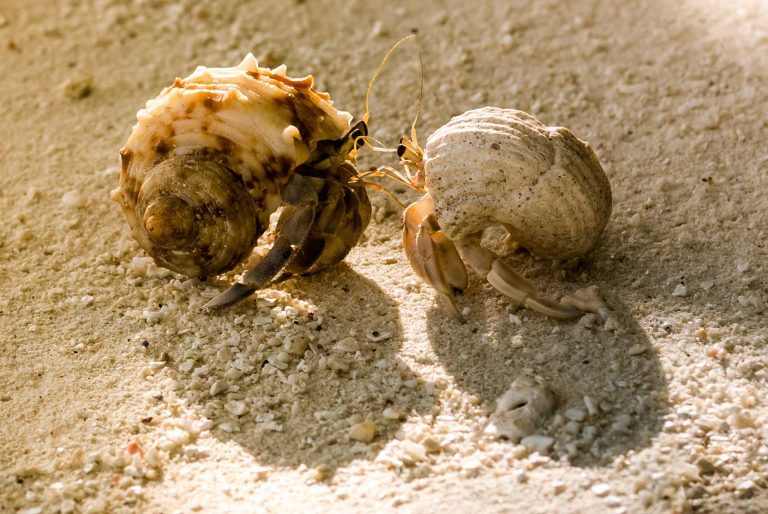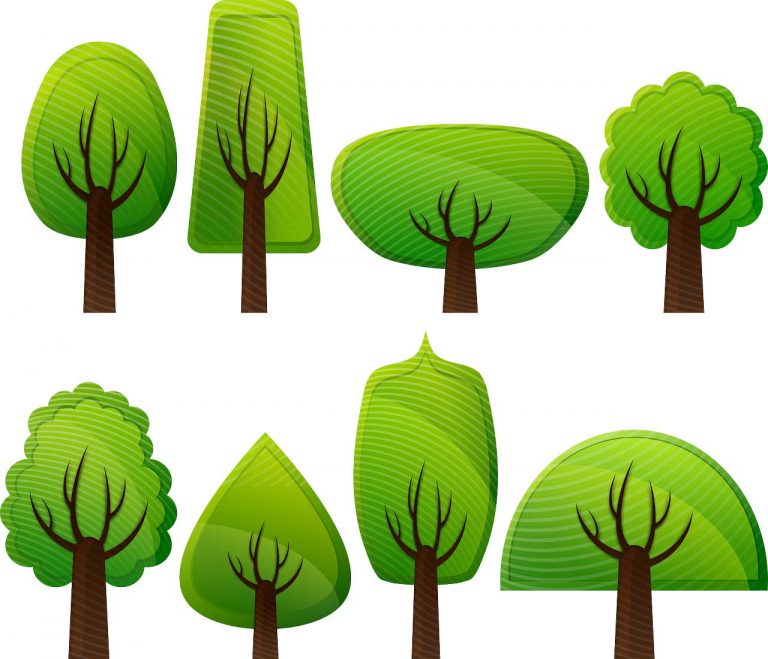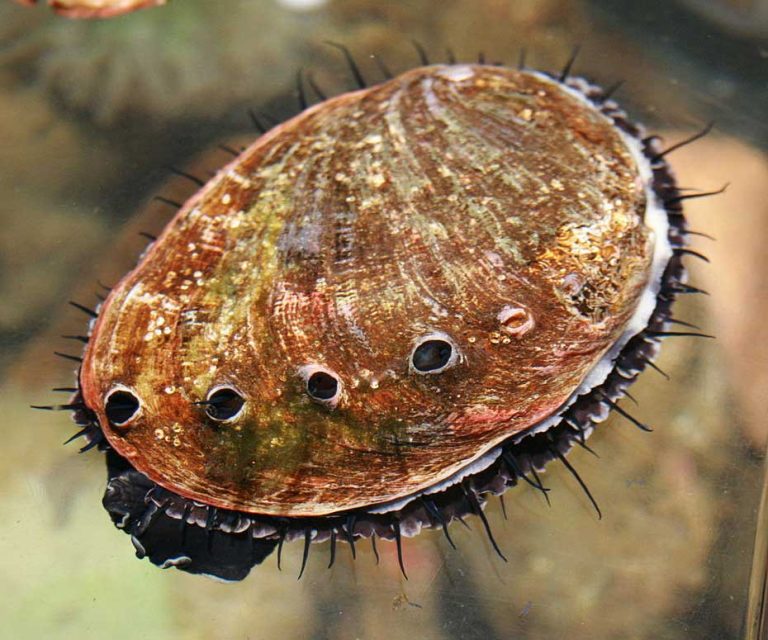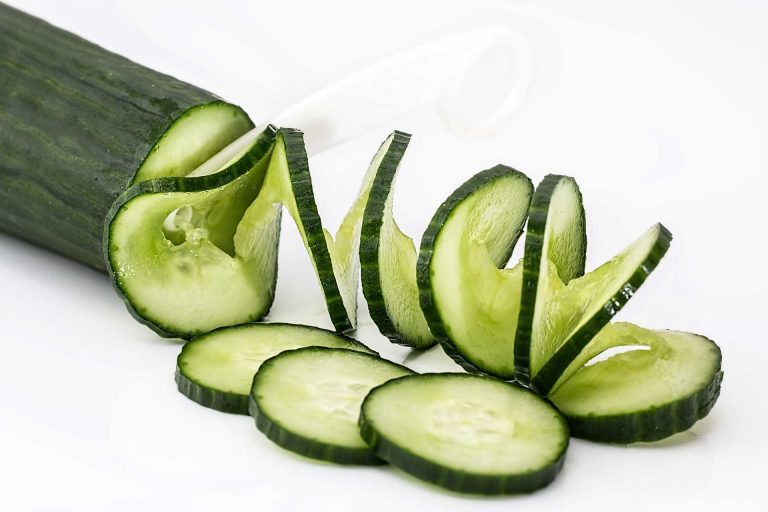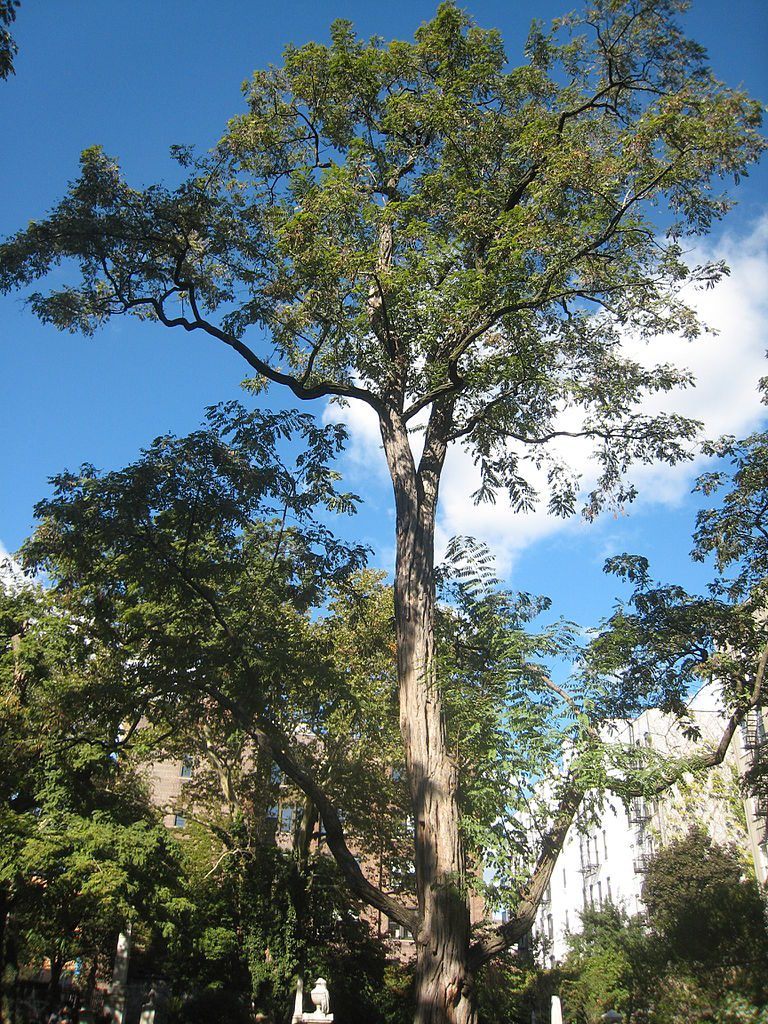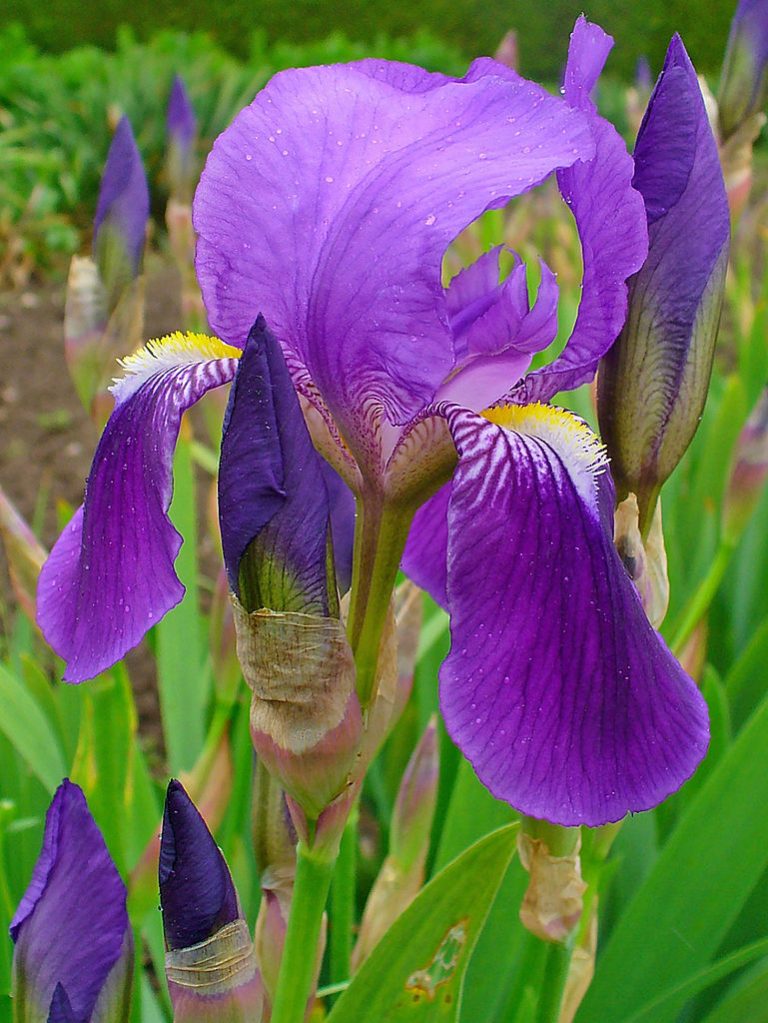Cornflower – Used by Chiron a Centaur, to Heal his Wounds from Battle
Scientific Classification
| Kingdom: | Plantae |
| (unranked): | Angiosperms |
| (unranked): | Eudicots |
| (unranked): | Asterids |
| Order: | Asterales |
| Family: | Asteraceae |
| Genus: | Centaurea |
| Species: | C. cyanus |
| Binomial name: | Centaurea cyanus |
Botanists widely acknowledge Centaures cyanus as the well-known bachelor’s button, boutonniere flower, cyani flower, blue bottle, hurt sickle, or cornflower. This is an annual flowering plant that belongs to the Asteraceae family, an inhabitant of Europe. “Cornflower” finds applicationis also as chicory. This is occasionally named common cornflower in order to discriminate C, cyanus from the above. At times they call it basket flower which refers to the Plectocephalus group of Centaurea, a dissimilar, but distinct genus variety. Cornflower’s history goes back to Greek mythology where Chiron, a centaur (half horse/half man), used Cornflower blossoms to heal his wounds from battle. Anatomy
This annual plant grows to a height of 16 to 35 inches; it has a branched stem, gray-green in color, the leaves are shaped like a lance head and 1 to 4 cm long. The flowers are in the form of flower heads (capitula) of diameter 1.5 to 3 cm. They have a cluster of disc florets surrounded by some ray florets. The flowers are usually deep blue color. Red proytocyanin constitutes the blue pigmen that manifests in roses as red.
How to cultivate domestically
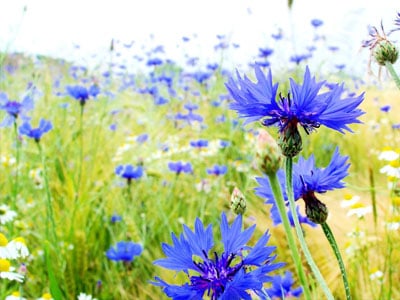
Photo by: Guido Gerding
Preparation for Planting
Plant the Cornflower seeds in pots, and move to the garden only after 6 to 8 weeks. Planting indoors allows properly germination. Shift them outdoors in late spring. To promote good results, use soil of pH balance 5.5 to 7 to plant your seeds. For the production of extra cornflower plants, sow the seeds continuously from the first frost of spring to late autumn and retain indoors.
Planting
- Prepare a hole of ½ inch deep and 2 to3 inches distant with a pencil
- Put one seed in a hole or disperse the seeds on the face of the bed and after that, cover them with ½ inch of planting mix or compost. In case you intend to plant different varieties of flowers, like a mix of wild flowers in the same bed, then the dispersing method is a better option
- With the rear of a garden rake, gently tamp the top of the bed, and using a fine spray, water the bed. You need not water heavily
- Allow the soil to remain moist, then the cornflower seeds will germinate within 7 to 10 days.
Placement and Watering
Arrange the cornflowers in a haphazard way; In certain cases the flowers lack stems, but they entwine with the other flowers and make a pleasant casual appearance. Place the dwarf cornflowers near to the container’s front edge. Water the cornflower regularly. Where you have scarcity of water, or limitations in watering (daily or weekly), then a rain barrel or some other device for storing and recycling water is a good option.
Flowering Period
The blooming of sunflower takes place two months following planting and you can expect them to flower till the first frost week.
After Bloom Care
When the cornflowers are fully bloomed they appear like wild plants. By removing one third to half of the faded flower, you make them tidy. In case their growth is good, they spread into big tufts, separate them every two years.
As Cut Flowers
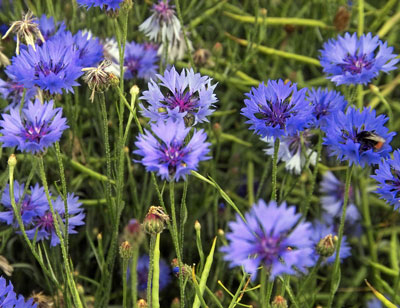
Photo by: David Wright
Cornflowers annual flowers make excellent cut flowers. Mid to late summer is the apt time to pull up the plants, when they have lost their lusture. Cornflowers have an excellent market in the form of cut flowers at wholesale wraps of 50 stems. The length of the stems is 50 to 60 cm. ‘Macrocephala’ , yellow in color is the only cut flower obtainable in the months of June and July.

Having discovered a fondness for insects while pursuing her degree in Biology, Randi Jones was quite bugged to know that people usually dismissed these little creatures as “creepy-crawlies”.

